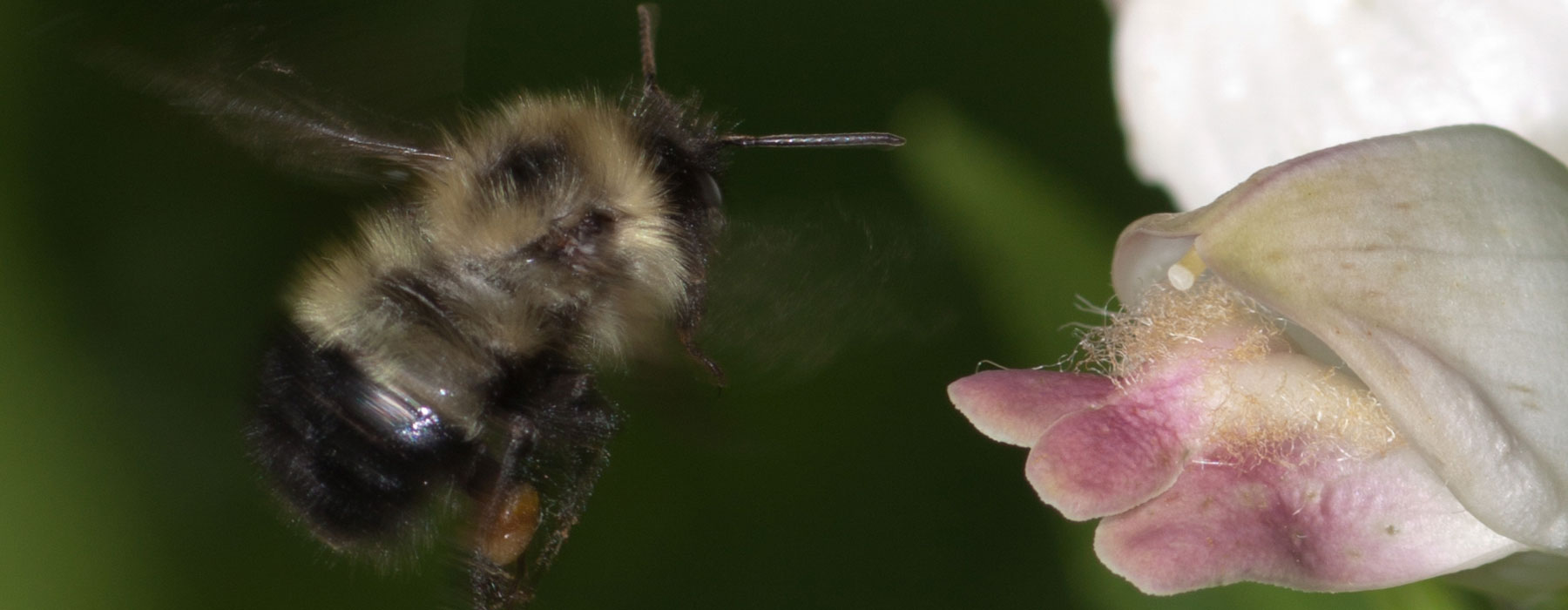B. vagans is by far the most common bumble bee in Vermont. Though this species is declining in other parts of its range, over the last decade, its populations have exploded in this state. This species emerges early and its colonies are long lived. B. vagans can be found in several different habitats including meadows, roadsides, urban gardens, and it is one of the few species who will readily forage in shaded areas within forests.
Select food plants: Penstemon (Beard-Tongues), Asclepias (Milkweeds), Asters, Cirsium (Thistles), Eupatorium, Spirea (Meadowsweet)
Tongue Length: medium
Nest: on ground surface and underground
Parasitized by: B. citrinus
Similar Species: B. sandersoni, B. perplexus, B. affinis, B. bimaculatus
General Phenology:
queens: April – October
workers: May – September
males: June – October








